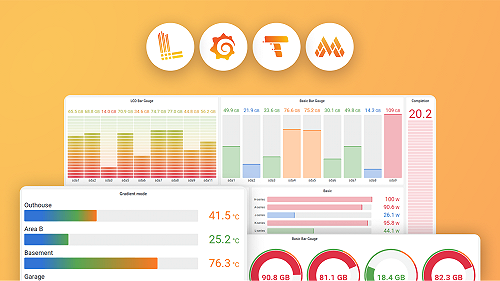Instrument a Node.js application
If you need process-level telemetry for Node.js, use this guide to set up the upstream OpenTelemetry SDK for JavaScript for Application Observability.
Recommended setup for Grafana Cloud
Grafana Labs recommends that you set up OpenTelemetry components, including instrumentation and an OpenTelemetry Collector distribution, using one of the Grafana Cloud setup guides.
These opinionated guides make it easy to get started. They include all the binaries, configuration, and connection parameters you need to set up OpenTelemetry for Grafana Cloud.
Install the SDK
Before you begin, ensure you have a Node.js development environment with a package manager such as NPM or Yarn, and a Node.js application to instrument.
Run the following command in your project folder:
npm install --save @opentelemetry/api
npm install --save @opentelemetry/auto-instrumentations-nodeRun your application
Run your application with the following command to use auto-instrumentation and export OTLP data:
OTEL_TRACES_EXPORTER="otlp" \
OTEL_METRICS_EXPORTER="otlp" \
OTEL_LOGS_EXPORTER="otlp" \
OTEL_NODE_RESOURCE_DETECTORS="env,host,os" \
OTEL_RESOURCE_ATTRIBUTES="service.name=<name>,service.namespace=<namespace>,deployment.environment=<environment>" \
OTEL_EXPORTER_OTLP_ENDPOINT=<endpoint> \
NODE_OPTIONS="--require @opentelemetry/auto-instrumentations-node/register" \
node <my-app>.jsReplace variables in <...> with values specific to your application and backend. For more details, see the OpenTelemetry service attributes documentation.
<name>: your service name, for example,shoppingcart<namespace>: a string to group related services, such asecommercefor a team that manages several services<environment>: the deployment environment, for example, theproductiondeployment tier
Some backends, such as Grafana Cloud, also require you to set authentication headers in the OTEL_EXPORTER_OTLP_HEADERS environment variable.
